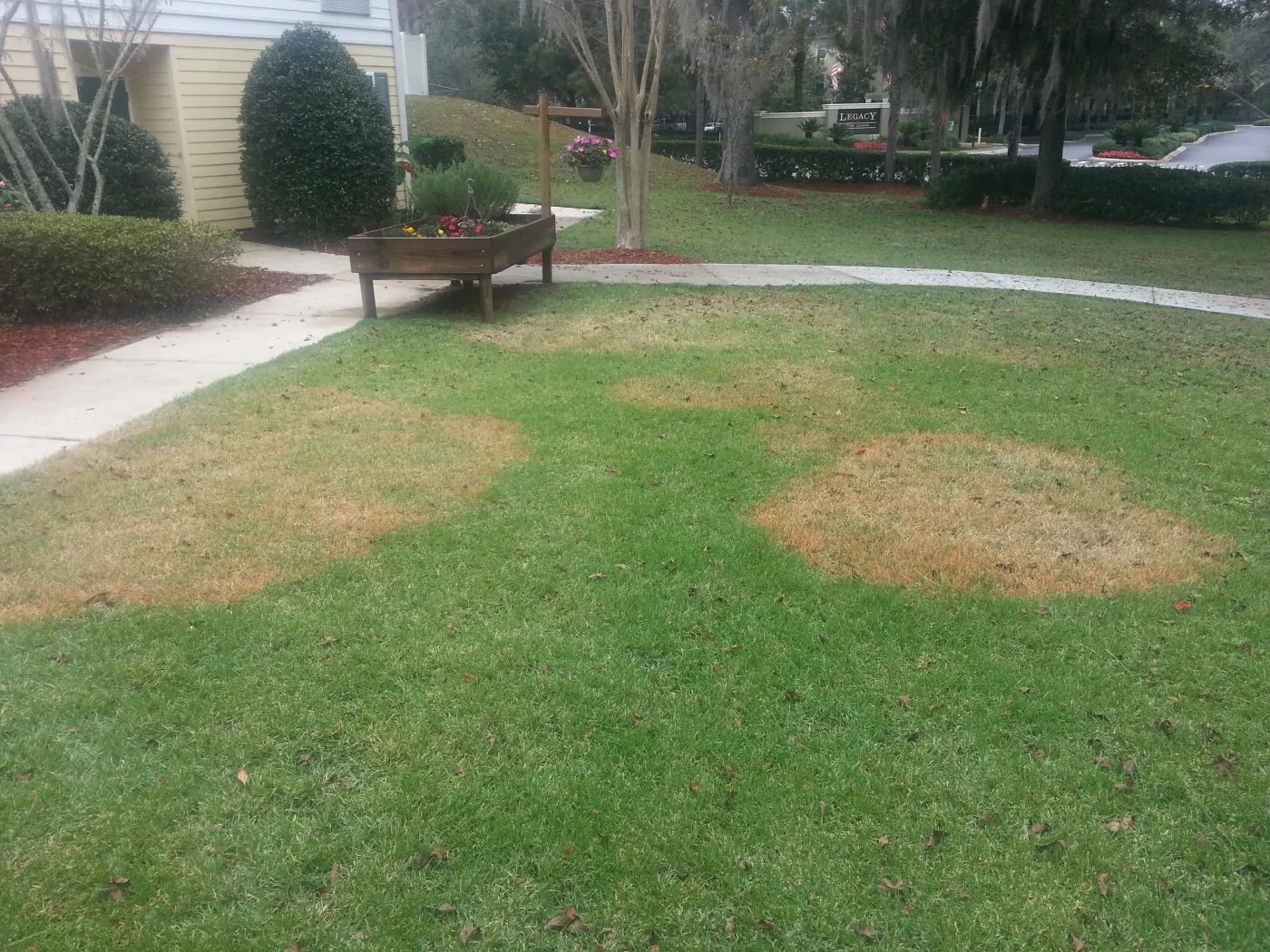
Step 1
Rake thesod to remove debris, including loose grass and leaves. Consider all debris you rake up as potentially contaminated with the fungus and seal it in garbage bags (don't throw it on your compost pile). Do the raking either the night before or in the early morning the day of applying the fungicide -- apply the fungicide in the morning or late evening (this gives the moisture some time to evaporate, so sunlight does not burn the grass blades).
Step 2
Put on rubber or vinyl gloves. You may also wish to wear a dust mask, especially if you use fungicide granules or are mixing a fungicide powder.
Step 3
Prepare the fungicide solution. If you use granules, the best way to apply these is a broadcast spreader -- adjust spreader settings according to the label directions on the fungicide. If you are using a liquid or powder, these often come with a sprayer you simply attach to your garden hose. If not, you'll mix these in a sprayer, according to the label directions.
Step 4
Apply the fungicide. When using either a broadcast spreader or a sprayer, cover the entire lawn to spread granules as evenly as possible. When using a sprayer, your arm should be moving constantly so you are fanning the spray over the lawn and not concentrating the fungicide on some areas at the expense of other areas (it's also a very good idea to choose a non-windy day to spray).
Step 5
Water the lawn thoroughly, if you've applied fungicide granules. The granules aren't very effective unless they are watered in. Reapply the fungicide as often as the product label indicates (this varies by product). It's important to follow directions with this -- like all fungus, grass fungus can be tough to kill unless you continue using fungicide for as long as the label indicates.
Step 6
Control your Gainesville irrigation to keep it out of your lawn. Fungus is typically caused by overwatering or watering at the wrong time of day. Watering in the evening or late afternoon causes moisture to sit on the grass all night and allowing the bacteria to infect your plants. Step back your watering and change your start times to an early morning schedule if this was the cause. If these steps do not work, call a lawn treatment professional like us at 378-LAWN (5296) or fill out our lawn fertilization information form.


